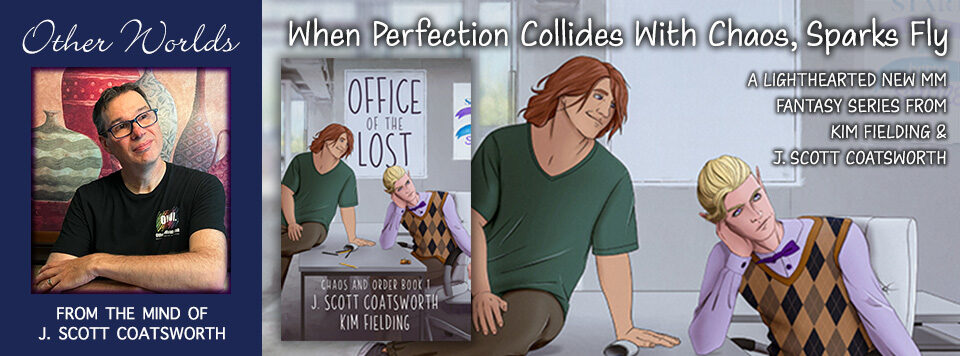
So many rules.
Every part of our lives is governed by them, and sadly writing is no exception.
There are rules of grammar:
- Always use the Oxford comma (the one after the second to the last item in a list.
- Never use the Oxford Comma (did I mention these rules are sometimes contradictory?)
- Always put closing quotes after the period, not before
- I before E, except after C, except when there’s an exception to the rule
If you made it through high school English and you want be a writer, you probably have a pretty decent handle on these rules. But there are others, too.
For instance, formatting rules, which can shift and change over time:
- Always underline your emphasized words and never use italics. Except that one has gone by the wayside now, and most places want you to italicize them instead
- Always put two spaces between sentences. This one’s also gone. Now a single space is standard
- Always use Courier or Times New Roman, as those are considered eminently legible fonts. That one’s still pretty standard
- Always indent the first line of your paragraph, but never, ever use tabs to do this. Tabs are the bane of editors everywhere. Instead, use Word’s paragraph formatting options to create a first line indent of .5 inches
- Always separate scenes with a single, centered pound sign (#)
There are many more… for standard formatting guidelines, check out William Shunn’s formatting guides online—these have become industry standard .
There are rules for characters:
- The bad guy should have some redeeming qualities, or at least truly believe what they are doing is right
- “Good” characters need some flaws, or they end up being flat and boring
- Character details should be provided as much through their action and interactions as through their physical descriptions
- Refrain from “head-hopping” – jumping back and forth between character’s thoughts in a single scene
There are many more of these that the typical writer picks up in bits and pieces—rules for delivering information in a story, guidelines for creating good plots, helpful suggestions for story submissions, even proper etiquette for dealing with editors and beta readers.
But one thing to remember—these are rules, not laws. They are guidelines that thousands (even hundreds of thousands) of writers have come up with, many of them before you and I were even born.
They shift and evolve over time, as they no longer prove useful or in vogue.
Pablo Picasso is purported to have said:
“Learn the rules like a pro, so you can break them like an artist.”
Or in more simple language:
“Know the rule before you break it.”
So take your time to learn the ropes. Read some books on writing. Take some classes. Listen to your beta readers and editors and pick up the rules.
For every rule, there’s someone who first mastered it and then found a masterful way to subvert it and turn it on its head. In an artist’s hand, even poisonous lead can enliven a bright paint color that makes beautiful art. And even dirt can become a stunning sculpture.
Then when you do decide to break them, you’ll know exactly why.
